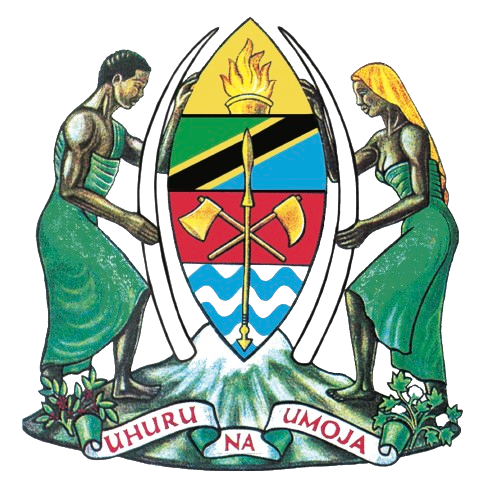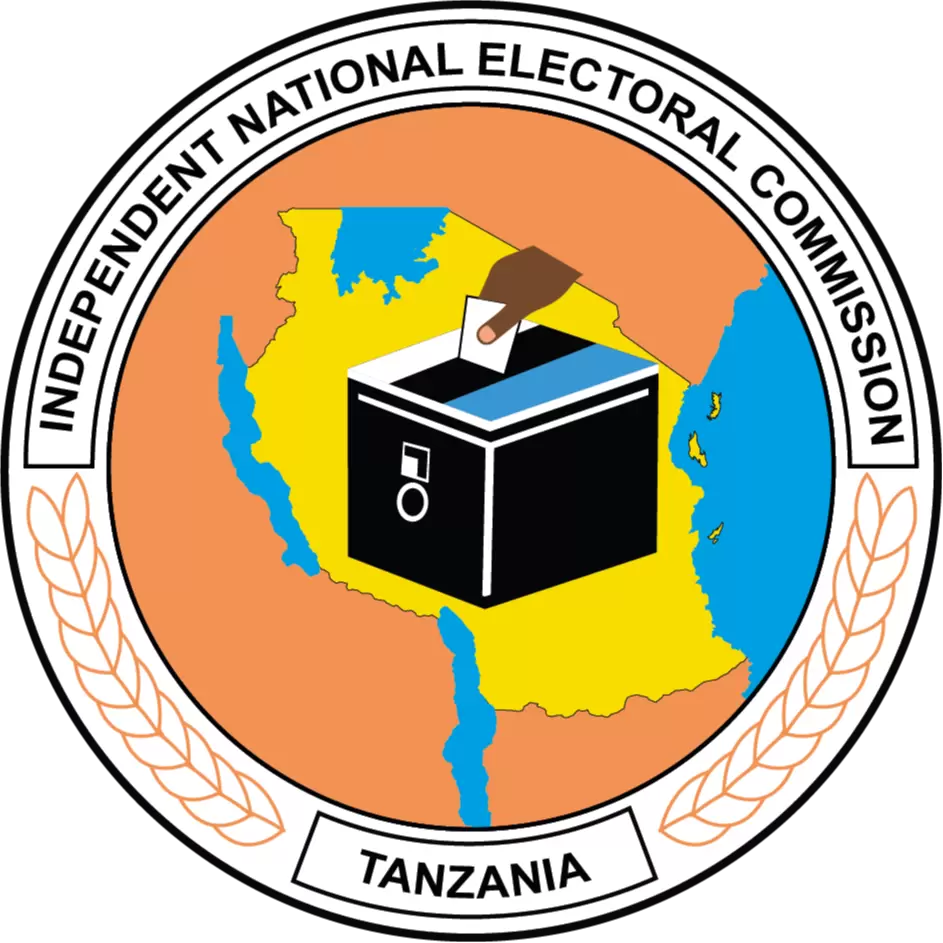Historical Background
Before independence, the focus of agricultural research in Tanzania was on the major export crops: coffee, cotton, sisal, tea and tobacco. After independence, the focus of agricultural research was directed to include food crops and livestock under smallholder farmers. During the early seventies, research in Tanzania focused on commodities, funded by the government and various donors. For example, the main food crops, namely, maize, sorghum and grain legumes were supported by the United States Agency for International Development (USAID), wheat by the Canadian International Development Agency (CIDA), coffee by the European Economic Commission (EEC), cashew nut by the Italian Government, coconut by the Government of the Federal Republic of Germany, cotton and oils seed crops by the Oversees Development Authority (ODA) of the United Kingdom and research activities under the Uyole Agricultural Centre was supported by the Finnish International Development Authority (FINNIDA). However, there was limited research done on other commodities. It was therefore difficult under this arrangement for the government to make proper priorities, planning, management and funding of agricultural research activities covering all commodities.
Between 1976 and 1980, the government reorganized the agricultural research department into four semi-autonomous research parastatals to take charge of crops and livestock research. The research institutes or organizations established were: i) Uyole Agricultural Centre (UAC) in 1976; ii) Tropical Pesticides Research Institute (TPRI) in 1979; iii) The Tanzania Agricultural Research Organization (TARO) in 1980; and iv) Tanzania Livestock Research Organization (TALIRO) in 1980.
These organizations were mainly funded by the government and had teething problems such as inadequate recruitment of competent research staff and development of excellence research capacities. These organizations lasted for nine years before the government decided to dissolve them. However, for the nine years of their existence the observed achievements were: i) Established improved research coordination and networking; iv) Improved staff motivation schemes including attractive scheme of service; iii) Smooth flow of resources to its research stations; iv) Improved information management and documentation system; and v) Increased generation and dissemination of demand driven technologies.
These achievements notwithstanding, it was noted that linkage between research, extension and training was poorly addressed, and stakeholders recommended consolidating crop and livestock research, moving to a system based on agro-ecological zones, improving links between research, extension and farmers, and adapting a farming systems approach.
The Commission of Research and Training (CRT) was established in 1990 in the then Ministry of Agriculture and Livestock Development (MALD) to take care of both crop and livestock research. Under this new setup seven research zones based on types of farming systems and agro-ecologies were established. In addition, research priorities were developed according to agro ecological zones, the number of research centres was cut down from 50 to 21 and priority stations were rehabilitated.
In 2001 crop and livestock research were again separated and put under two ministries when the Government established the Department of Research and Training (DRT) in the Ministry of Agriculture and Cooperatives and the Division of Livestock Research and Training (DLRT) in the Ministry of Water and Livestock Development. Although the DRT and DRLT were in two separate ministries, they implemented a World Bank funded project (TARP II) jointly and shared operational offices at zonal level, thus being functionally integrated in the zonal centres. This collaboration provided a rich experience on crop/livestock integration issues but it constrained resource sharing. In 2007, the then DRT was dissolved to form two separate divisions, namely the Division of Research and Development (DRD) and Division of Training (DT), which, a year later, were re-combined to form the Division of Research and Training (DRT) again. However, this setup did not last long because in 2009 the two divisions were separated again and the DRD was formed. These frequent institutional changes have impacted negatively on the efficiency and effectiveness of agricultural research in Tanzania. Therefore, the GoT decided to transform the DRD into semi-autonomous organisation namely Tanzania Agricultural Research Institute – TARI, to become more efficient and effective in executing its mandate, roles and functions of conducting, coordinating and promoting client-oriented agricultural research and development in the country. TARI shall provide dynamic and focused leadership and that shall improve research coordination, collaboration and networking among NARS institutions on behalf of the government for better agricultural development.
It is important to note that these institutional changes were mainly due to changes in policies, politics, donor priorities and change in government structures.


